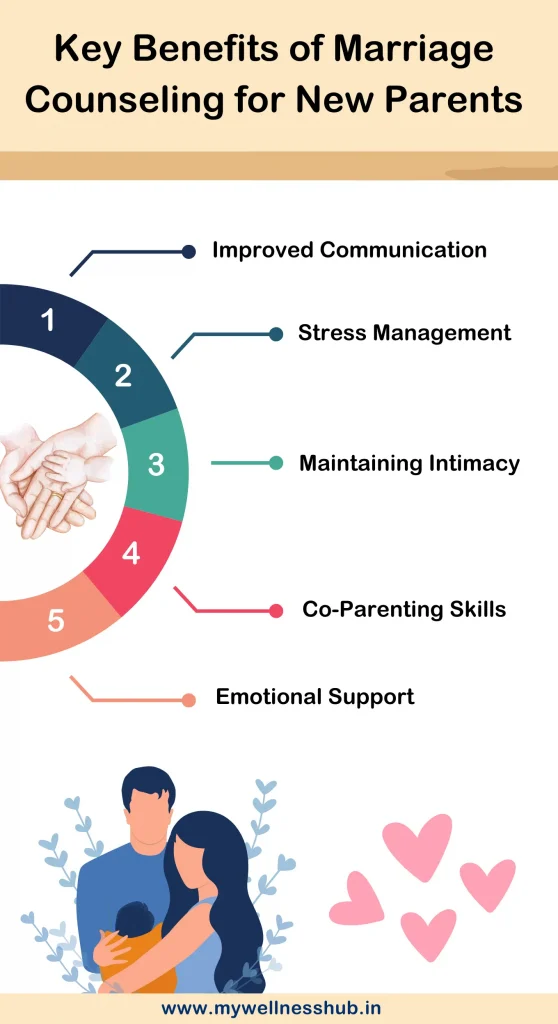All About Aim Point Counseling
All About Aim Point Counseling
Blog Article
The smart Trick of Aim Point Counseling That Nobody is Discussing
Table of ContentsThe 9-Minute Rule for Aim Point CounselingThe 10-Second Trick For Aim Point CounselingThe 6-Minute Rule for Aim Point CounselingSome Known Facts About Aim Point Counseling.All About Aim Point CounselingWhat Does Aim Point Counseling Mean?
The longitudinal layout entails a pre-treatment study and two follow-up surveys at 3- and 12-months post-intervention. The research study is established in 8 Relationships Australia Victoria centres, across cosmopolitan, outer suburban areas, and regional/rural websites. Relationships Australia, a non-government organisation, is the largest company of couple therapy and relationship solutions in Australia.
These high prices of relationship breakdown have actually been continually linked with unfavorable wellness repercussions for both grownups and youngsters following divorce/separation.
All About Aim Point Counseling
Longitudinal research studies likewise recommend that children of divorce have a higher incidence of psychological conditions, alcohol and drug usage, and risky sexual practices [7] The effects of divorce and separation can be destructive, research suggests that high connection discord in undamaged couples is also most likely to have adverse end results.
Research study to day has identified both couple and individual variables that might contribute to relationship disharmony. These include partnership satisfaction and dedication at the couple level, and anxiety at the private degree.
The Main Principles Of Aim Point Counseling
Connection satisfaction has been one of the most typical outcome variable recognized in more than 200 evaluations of couple therapy [11,12] Studies have located significant renovations in relationship complete satisfaction from pre- to post-treatment [13,14] and throughout one to two years complying with therapy [15] In these research studies, partnership fulfillment was most often analyzed making use of the Dyadic Modification Range (DAS) [16] For that reason, while a lot of studies show improvements in connection complete satisfaction following pair therapy, they are restricted by the examples and actions used, mostly short-term follow-up amount of time, and analyses that do not represent the dyadic nature of pair data. Relationship dedication, based on actions such as the Commitment Stock (CI) [19], is one more commonly checked out partnership outcome.
To sum up, research shows that couple-specific variables in addition to individual factors might predict the end results of couple coaching and relationship solutions. The causal direction of these connections, nonetheless, is much less clear. These monitorings are essential, given that, to validate and assist the application of partnership solutions such as couple therapy, empirical proof needs to check out both the outcomes of relationship services and the elements that predict effective therapy.
There is an expanding consensus that efficacy researches should be enhanced by performance research to best educate professional practice [ 29] The minimal performance research study that exists to date recommends that pair therapy can improve end results such as connection complete satisfaction [33,43], interaction abilities and basic well-being [44], at the very least in some European countries.

We currently recognize little about the accounts of pairs who seek partnership education compared to those that look for connection counselling, or the results of these programs. Anecdotal evidence suggests that there might be considerable distress amongst at the very least some pairs looking for relationship education. Relationship education programs differ from couple coaching as they are generally very structured, conducted in groups, and concentrate on a mixture of 4 components; recognition, feedback, cognitive modification, and abilities training [45]
Aim Point Counseling - Truths
Feedback includes participants completing sets of questions concerning their partnership (e.g. measures of social issues), and getting information on what their scores show. Cognitive-behavioural approaches promote altering cognitions to promote positive relationships. These might consist of promoting reasonable attributions/expectations around adverse companion behaviour [46] Finally, in abilities training, couples go to lectures or discussions on partnership abilities, and practise these throughout facilitator-led activities [ 45]
These results have actually continued for up to 4 years in some researches [47] Nonetheless, these meta-analyses highlight constraints in the present literary works on relationship education and learning. Particularly, most of studies entailed pairs from upper socio-economic backgrounds that were not experiencing high connection disharmony [47,48] This example account might not represent Recommended Reading customers that typically present for partnership education.
The Best Strategy To Use For Aim Point Counseling

Really little study has analyzed the relative advantages of pair therapy and connection education programs. As customers are likely to self-select into these solution types, it is unclear whether characteristic partnership distress profiles existing to every solution type, or indeed whether there is an interaction in between offering account, service kind and end result.
(https://www.twitch.tv/a1mpoint/about)
Hence, we have actually consisted of a 12-month follow-up to evaluate longer-term fads and impacts. The research utilizes a variety of standardized outcome measures because some previous investigations have actually been criticised for their absence of standardised assessment [50] The use of statistical evaluations that assume self-reliance of data, such as t-tests, or ANOVAs, has actually been prevalent in previous researches [ 44,49]
We recommend to make use of multi-level statistical modelling treatments that control for the inter-dependence of pair information to evaluate any kind of treatment results. The certain objectives of the ECC research are to: 1. Map accounts of clients looking for area agency-based couple coaching vs. relationship improvement programs in terms of socio-demographic and connection indicators (such as connection fulfillment, partnership commitment, social issues, and reasons for going to), along with health (such as anxiety, basic wellness) and health solution use (eg.
2. Determine whether couple coaching and connection education and learning solutions improve 3- and twelve-month outcomes for partnership contentment, commitment, and anxiety, utilizing statistical analyses appropriate to combine information. 3. Establish the family member payments of customer variables (individual and couple) and therapy/education aspects to results at 3- and 12-months, and to sustainability of end results with time.
Aim Point Counseling Can Be Fun For Everyone
Multi-level modelling to figure out pre-post differences, controlling for dyadic (pair) degree. To add to the literature examining the efficiency of community-based pair therapy. The results will certainly aid professional decision-making in community-based relationship service settings, and specialist training. 3. To figure out the family member payments of client/couple and treatment factors to results at 3- and 12-months, and to sustainability of results gradually.
Report this page